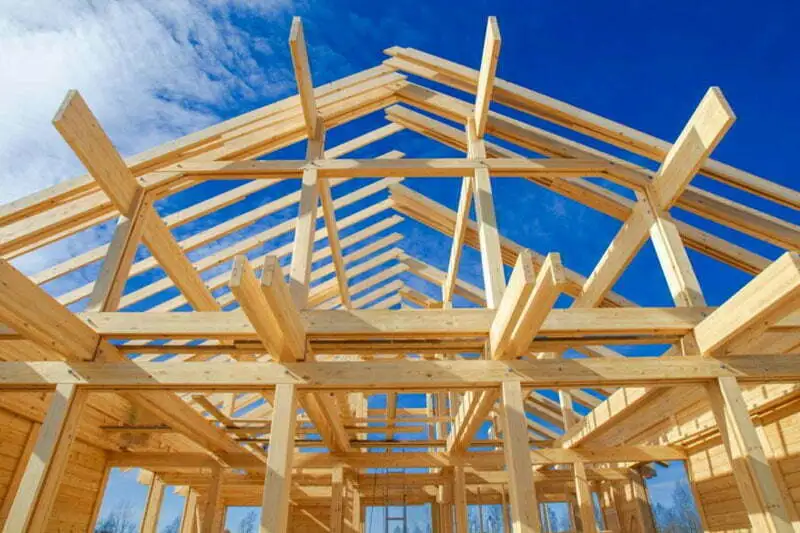Marine construction demands materials that meet the sea’s formidable challenges. In this relentless pursuit, the industry has long favored natural timbers, especially ekki. Known for its robustness, ekki provides dependable protection against the unyielding waves, pervasive salt corrosion, and relentless biological deterioration that define marine environments.
Historical Significance of Ekki
Ekki, with the scientific name Lophira alata, boasts a storied presence in marine construction, tracing back to the early 20th century. Native to the coastal rainforests of West and Central Africa, ekki emerged as the material of choice for European marine projects, celebrated for its outstanding durability and ability to withstand the rigours of marine settings. As its reputation for resilience grew, so did its use across the globe, evident in structures ranging from lock gates to pier decking and from bridge components to fender systems. The wood’s prominence solidified as engineers sought natural materials that could last, positioning ekki as the preferred option for structures that demand longevity and minimal upkeep.
Ekki’s Role in Marine Engineering
The properties of ekki place it at the forefront of marine construction innovation. Its notable 1.25 ton/m3 density and natural resistance to rot, abrasion, and even marine borers make it an excellent choice for projects prioritizing longevity and environmental sustainability. Delving into the characteristics of ekki, such as its crushing strength and cross-fiber grain, illuminates its crucial role in the evolution of marine engineering, pointing towards a future where construction materials match the resilience of the environments for which they are intended.
Case Studies Demonstrating ekki’s Effectiveness.
Marine construction professionals have relied on ekki for its exceptional durability for decades. Its natural resistance to decay and wear makes it a standout in maritime applications such as groynes and other sea-defence projects. The consistency and strength ekki offers surpass that of traditional woods and artificial materials like concrete and steel.
The advantages of ekki go beyond its physical robustness. Its use in marine construction means structures benefit from an extended lifespan with less frequent maintenance. Engineers recognise ekki’s value in enhancing maritime structures’ reliability, which helps minimise expensive repairs or replacements.
Economic Viability of Ekki
Marine construction demands materials that can withstand the sea’s harsh conditions and offer financial sustainability. The economic impact of material choice is significant for marine infrastructure projects. Ekki, with its extended lifespan and low maintenance costs, stands out. Economic analysis shows that investing in high-grade materials like ekki can reduce the lifecycle cost of marine structures compared to other timber species.
Sustainability and Environmental Responsibility
Material selection in marine construction carries the weight of environmental responsibility. Ekki serves as a robust, durable material that also offers sustainability. With rising ecological awareness, ekki, a tropical hardwood, is recognized for its minimal impact on ecosystems when harvested responsibly – especially if sourced from FSC-certified forests.
Ekki’s durability means it needs replacing less often, making it a preferred choice where artificial alternatives fall short. Its resistance to water and biological damage without the need for chemical treatments makes it a leading material for eco-conscious building practices. The reduced maintenance costs further affirm ekki’s role as an economically viable and environmentally considerate option.
Balancing Industrial Needs with Conservation
Using ekki in marine construction projects reflects a trend toward balancing industrial needs with natural resource conservation. Its use signifies a commitment to durability and sustainability – principles increasingly important in today’s environmental landscape. These considerations place Ekki at the forefront of marine construction materials, hinting at a future where the industry can prosper without harming the planet.
Selecting Materials with Environmental Insight
Choosing materials for marine construction affects both project success and the environment. Ekki, with its large section sizes and lengths of up to 12m, stands out for its unmatched durability and minimal ecological footprint. Its use demonstrates the industry’s future intertwines with environmentally responsible decisions.
Adopting materials like ekki signals a move toward eco-conscious construction methods that consider their footprint and long-term impacts. It’s a strategic approach in marine engineering: investing in materials that serve current needs and benefit future generations. With ekki, marine construction aligns with the demanding environment, showing that robust materials can also harmonise with nature.

